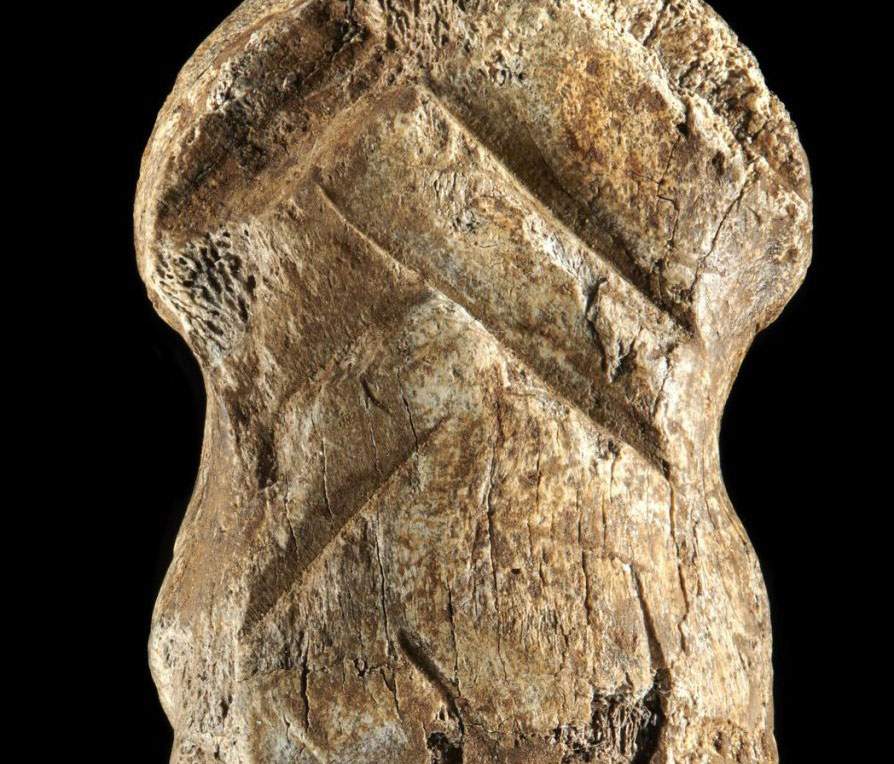Neanderthal man had artistic abilities: 51000-year-old engraved bone reveals this
Probably a giant deer bone found at the entrance to Unicorn Cave in the Harz Mountains in northern Germany, dating back 51,000 years and finely engraved, is the earliest example ofNeanderthal man’s artistic skills.
The discovery of the engraved bone fragment was made in 2019 by a team of German researchers, and according to them, it is one of the first works of art made in history. Based on several tests, including radiocarbon dating, the scientists revealed that the ungulate bone was most likely “carved” by Neanderthals and not the later homo sapiens, as the latter arrived in the area at least 1,000 years later.
The carvings depict lines in a herringbone-like pattern.
Thanks to this discovery, it is possible to infer that Neanderthals not only had manual skills and necessary for survival, but also had conceptual imaginative abilities that could give symbolic meaning to those engraved marks. A paper published this week in the journal Nature Ecology & Evolution discusses this very cognitive ability: "The engraved bone shows that conceptual imagination, as a prerequisite for composing individual lines into a coherent pattern, was present in Neanderthals. Therefore, awareness in Neanderthals of symbolic meaning is very likely. Our results show that they were able to create symbolic expressions beforeHomo sapiens arrived in Central Europe."
Pictured is the engraved bone fragment. Ph.Credit V. Minkus
 |
| Neanderthal man had artistic abilities: 51000-year-old engraved bone reveals this |
Warning: the translation into English of the original Italian article was created using automatic tools. We undertake to review all articles, but we do not guarantee the total absence of inaccuracies in the translation due to the program. You can find the original by clicking on the ITA button. If you find any mistake,please contact us.




























